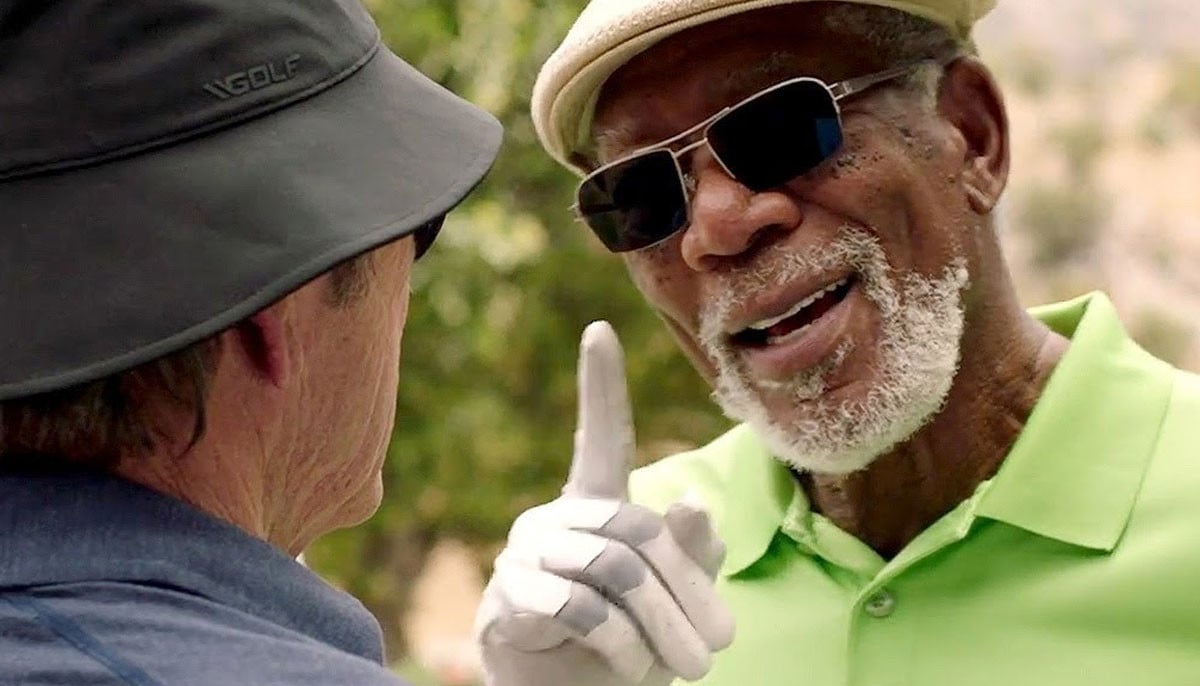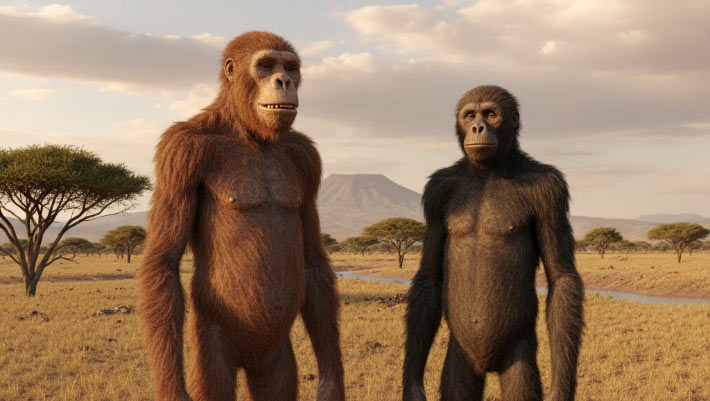Renate Reinsve almost didn’t make it to Los Angeles for our interview.
Three years ago, while traveling for Oscar campaigning after her breakout role in “The Worst Person in the World,” she accidentally canceled her ESTA visa…

Renate Reinsve almost didn’t make it to Los Angeles for our interview.
Three years ago, while traveling for Oscar campaigning after her breakout role in “The Worst Person in the World,” she accidentally canceled her ESTA visa…

World downhill bronze medallist Lauren Macuga will miss the remainder of the 2025/26 alpine skiing season after suffering a knee injury in training on Friday morning (28 November), U.S. Ski & Snowboard said in a statement released on its social…

You could speculate about whether Cricket Australia deliberately prefers to be opaque regarding player availability and team plans, or whether it just has a deficiency in communications, but once again the fitness of players and the makeup of the…

The seasonal reductions for Cyber Weekend have begun, and CurrentBody is giving the gift of firmer, more glowing skin at a generous discount. You may well have spotted the brand’s rather intergalactic-looking LED masks on your social media feeds…


Morgan Freeman loves playing golf. But at 88, his main concern is whether he will…


In the midst of all this Black Friday deals madness, one of my colleagues asked for help regarding a vinyl system. A friend wanted a compact starter turntable system for his daughter, one that played records and could handle music streaming….

Black Friday deals have discounted the DJI Osmo Pocket 3 by a ton. The vlogging camera is down to $510 right now, which is 36 percent off its usual price. While that’s off the earlier low of $502, it’s probably the best deal you’ll find on the…

In 2009, paleoanthropologists found eight bones from the foot of an ancient human ancestor in 3.4-million-year-old sediments at the paleontological site of Woranso-Mille in the Afar Rift in Ethiopia. According to new research, the fossil —…